Back to Courses


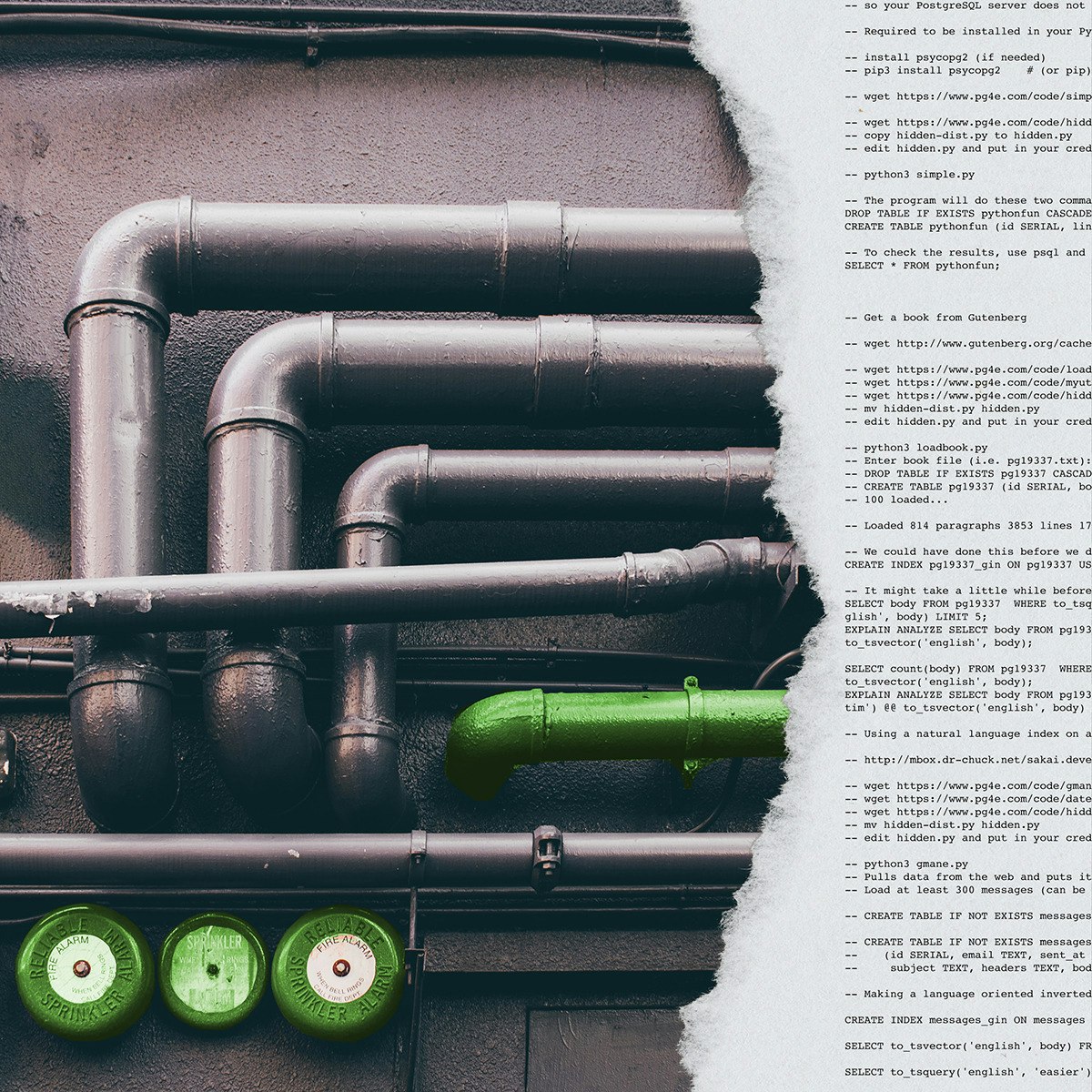
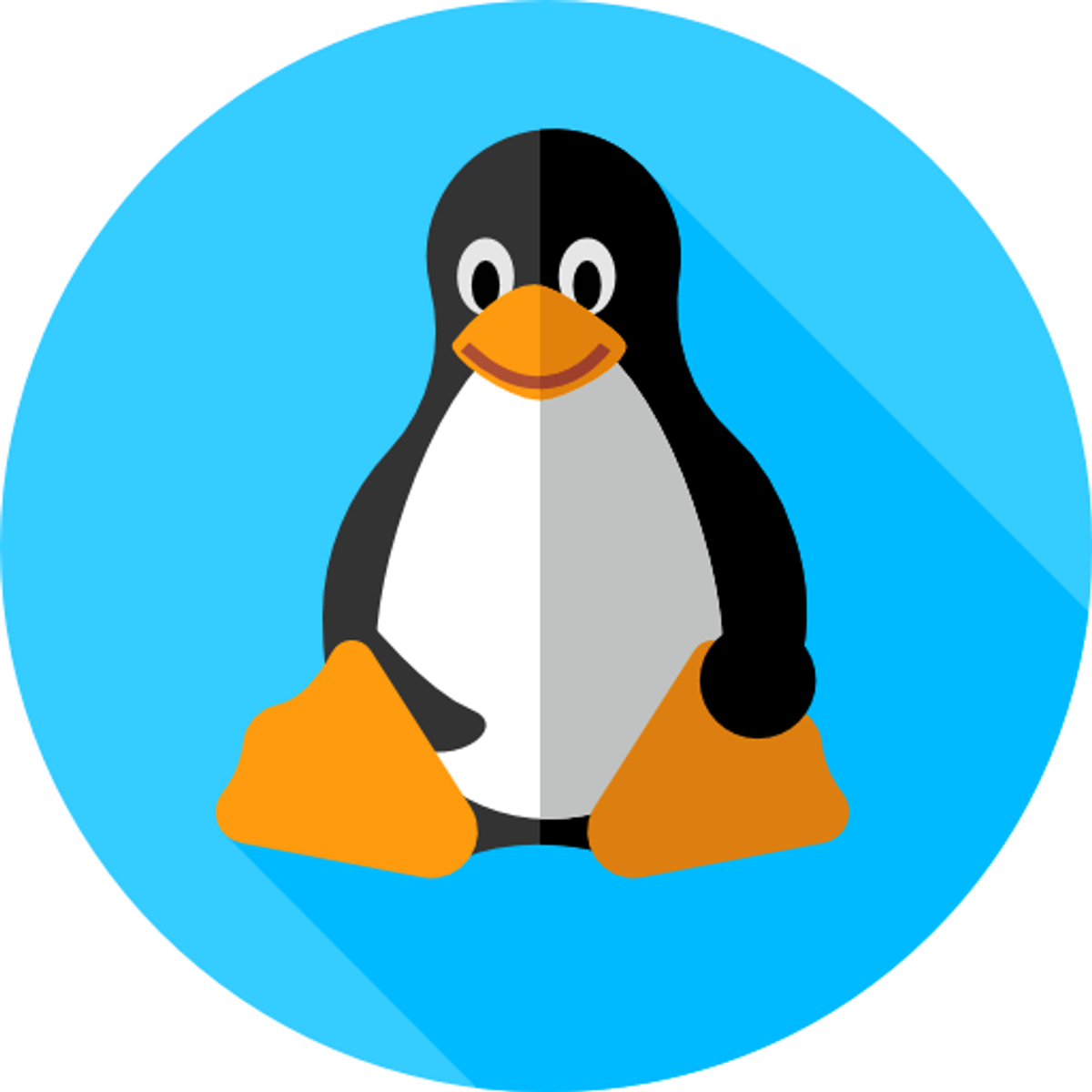
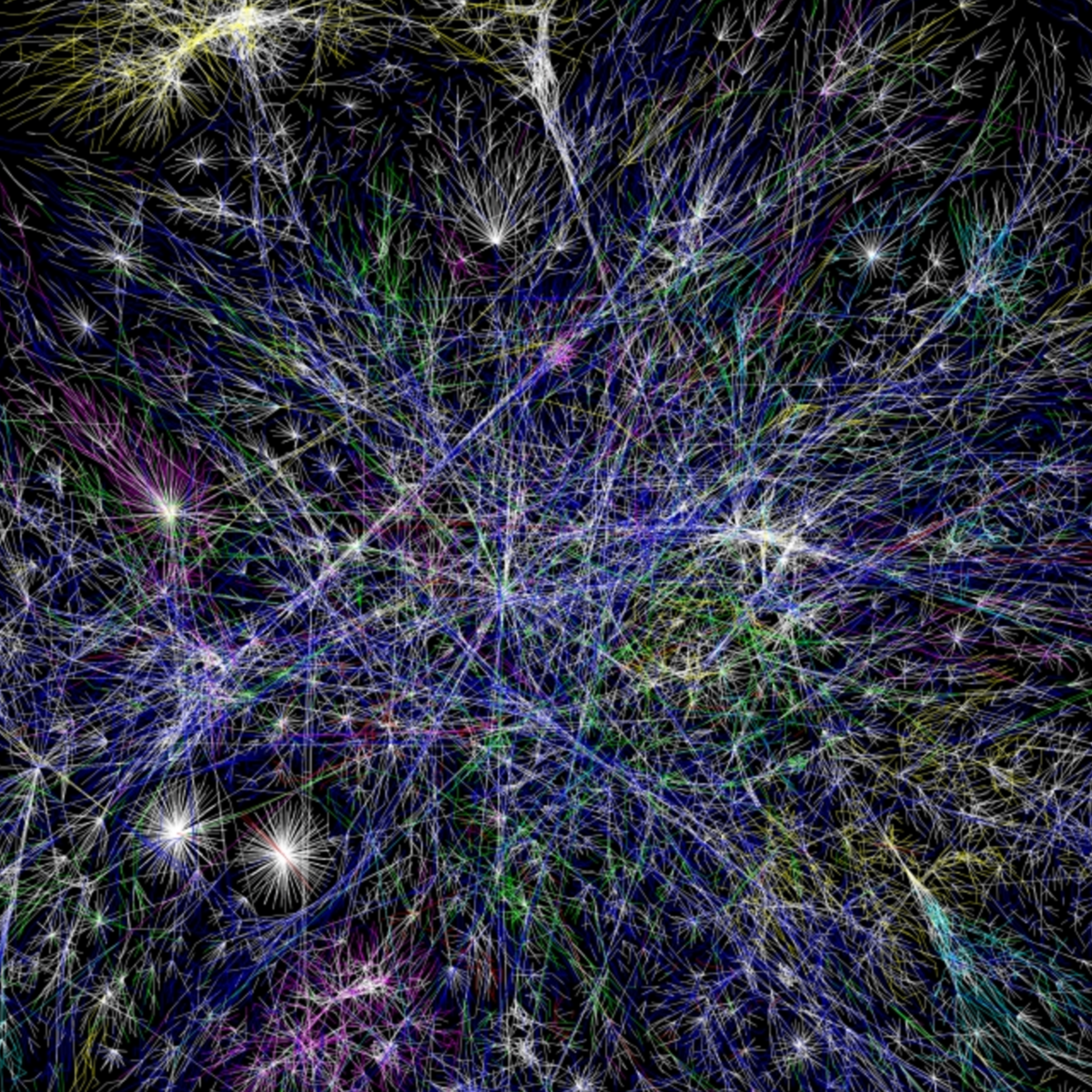
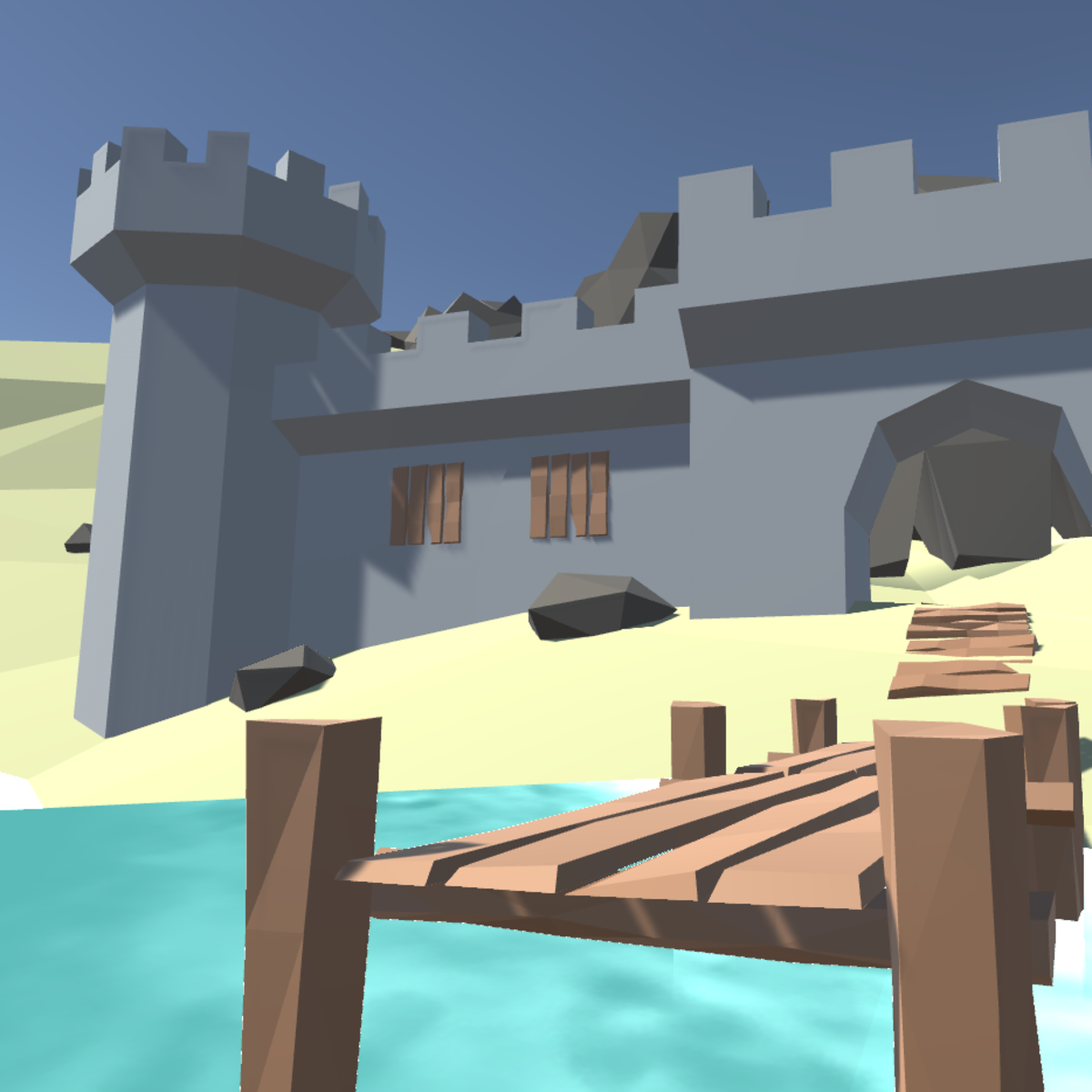
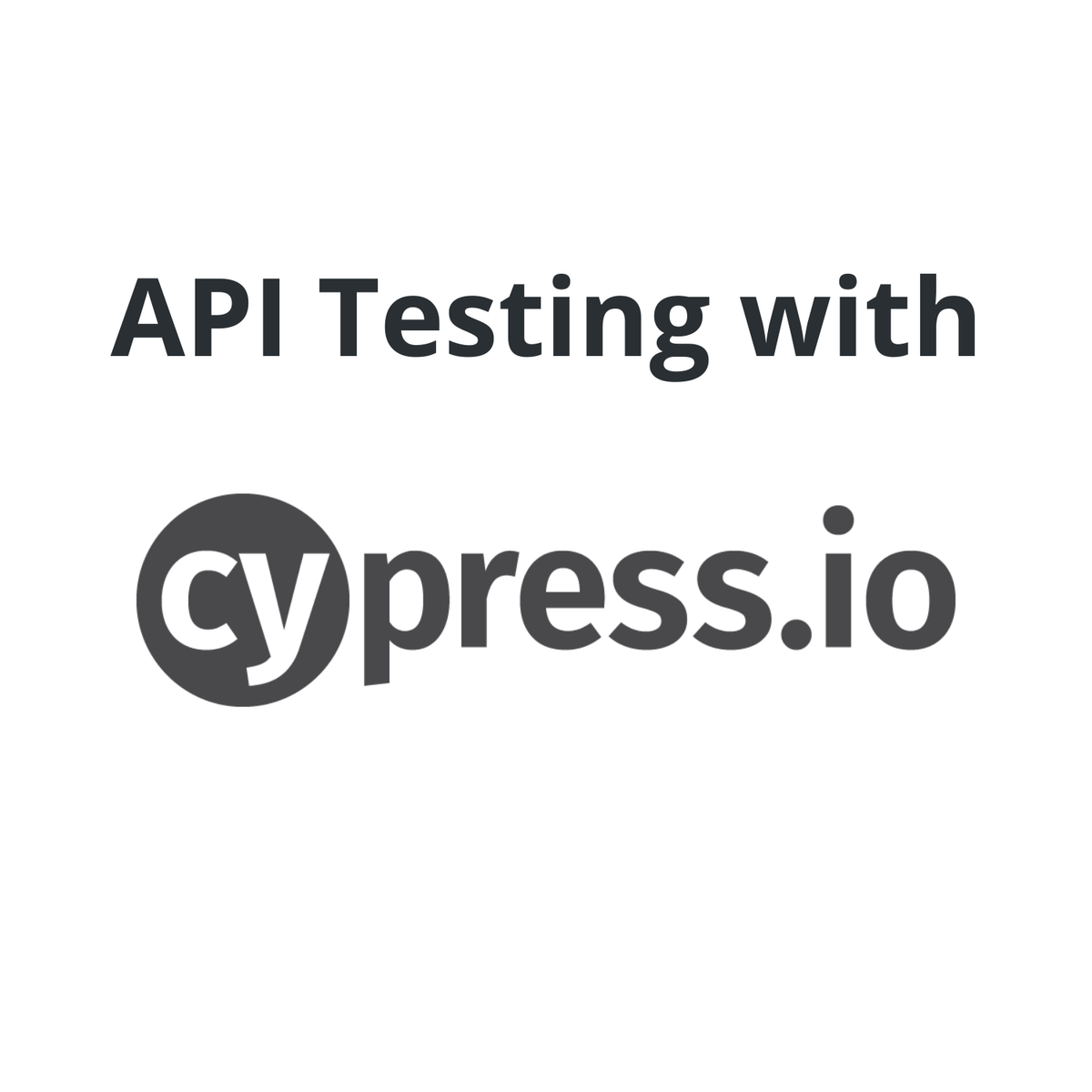


Computer Science Courses - Page 171
Showing results 1701-1710 of 2309

Google Cloud Fundamentals: Core Infrastructure
Google Cloud Fundamentals: Core Infrastructure introduces important concepts and terminology for working with Google Cloud. Through videos and hands-on labs, this course presents and compares many of Google Cloud's computing and storage services, along with important resource and policy management tools.

CUDA Advanced Libraries
This course will complete the GPU specialization, focusing on the leading libraries distributed as part of the CUDA Toolkit. Students will learn how to use CuFFT, and linear algebra libraries to perform complex mathematical computations. The Thrust library’s capabilities in representing common data structures and associated algorithms will be introduced. Using cuDNN and cuTensor they will be able to develop machine learning applications that help with object detection, human language translation and image classification.

Draw an Isometric Sign Post with Inkscape
By the end of this project, you’ll be able to create isometric vector graphics of different sign posts. You’ll build an image with Inkscape, a free vector graphics program. Inkscape gives you the ability to make graphics with clear lines and vivid colors. Since the images are vector-based, you’ll also have the flexibility to edit and resize them again and again—all while keeping the best image quality. You’ll build some sharp and interesting signs.
During this project, you’ll get used to navigating Inkscape’s workspace, learn how to create an axonometric grid, and use that grid to add a signpost and sign. Once you’ve drawn the basic shapes, you’ll add text and details and accessories. Last, you’ll learn how to export your work in vector and raster formats.
By the end of the project, you’ll be comfortable creating a three-dimensional projection on a flat screen.
Note: This course works best for learners who are based in the North America region. We’re currently working on providing the same experience in other regions.

Database Architecture, Scale, and NoSQL with Elasticsearch
In this final course, you will explore database architecture, PostgreSQL, and various scalable deployment configurations. You will see how PostgreSQL implements basic CRUD operations and indexes, and review how transactions and the ACID (Atomicity, Consistency, Isolation, Durability) requirements are implemented.
You’ll learn to use Elasticsearch NoSQL, which is a common NoSQL database and a supplement to a relational database to high-speed search and indexing. We will examine Elasticsearch as an example of a BASE-style (Basic Availability, Soft State, Eventual Consistency) database approach, as well as compare and contrast the advantages and challenges associated with ACID and BASE databases.

Managing Linux Systems
In this course, we look at how to manage a system with the Linux operating system installed. The course material is a good for anyone preparing for the Linux Foundation Certified IT Associate (LFCA) exam or just interested in learning more about Linux.

Building Data Visualization Tools
The data science revolution has produced reams of new data from a wide variety of new sources. These new datasets are being used to answer new questions in way never before conceived. Visualization remains one of the most powerful ways draw conclusions from data, but the influx of new data types requires the development of new visualization techniques and building blocks. This course provides you with the skills for creating those new visualization building blocks. We focus on the ggplot2 framework and describe how to use and extend the system to suit the specific needs of your organization or team. Upon completing this course, learners will be able to build the tools needed to visualize a wide variety of data types and will have the fundamentals needed to address new data types as they come about.

Low Poly Art For Video Games
This course is aimed to give you the tools and knowledge you need to start creating simple 3D art for video games made in the Unity game engine. Through the aesthetic of pixel art we will explore artistic principals like shape language, color theory, and composition as well as show you a step by step workflow for creating assets that you can use to make your own games. The course is broken into 4 main modules, props, environments, characters, and animation. Each of these courses will have a series of video lessons alternating between artistic and technical skills culminating in a peer-reviewed project based assignment. The last module will challenge you to take the knowledge learned in the previous 4 and use it to create your own pixel art asset pack.
This course is aimed at art novices who are interested in creating art for their own games or contributing to game projects. If you are a game designer or programmer, you will find this course helps give you a glimpse into the world of game art. You will be able to better work with artists, or create your own prototype or final artwork. If you are an artist or visual designer who is interested in bringing your style to the world of video game development, this course will give you the workflow to properly interface with a game engine and help contextualize how your artistic sensibilities can enable gameplay.
If you have ever wanted to start making art for video games but have no idea how to start, this course is the perfect for giving you a solid foundation while teaching you usable practical skills. Our goal is to give you a sense of the whole pipeline from creation to setting up in a game engine.

Cypress API test automation for absolute beginners
Cypress is a free, open-source frontend (UI) and backend (API) test automation tool built for the next generation of modern web applications.
Cypress is useful for developers as well as QA engineers to web applications developed in React.js, Angular.js, Node.js, Vue.js, and other front-end technologies.
In this 2.5 hours hands-on project, you will learn backend (API) testing using Cypress and the following objectives are achieved --
1. Understanding Cypress and API automation testing
2. Send a GET request using cypress
3. Send a POST request using cypress
4. Send a PUT request using cypress
5. Send a DELETE request using cypress
6. Generate HTML report

Cryptographic Hash and Integrity Protection
Welcome to Cryptographic Hash and Integrity Protection!
This course reviews cryptographic hash functions in general and their use in the forms of hash chain and hash tree (Merkle tree). Building on hash functions, the course describes message authentication focusing on message authentication code (MAC) based on symmetric keys. We then discuss digital signatures based on asymmetric cryptography, providing security properties such as non-repudiation which were unavailable in symmetric-cryptography-based message authentication.
This course is a part of the Applied Cryptography specialization.

Prisma Cloud Host Defender Auto Deploy from a SaaS Portal
This is a self-paced lab that takes place in the Google Cloud console.
This lab is designed for Prisma Cloud customers, and you will deploy Prisma Cloud Host Defender from Google Cloud Marketplace. Having a Prisma Cloud SaaS portal is a prerequisite. If you are not a current Prisma Cloud customer, contact Palo Alto Networks prior to starting the lab to register for a free trial.
